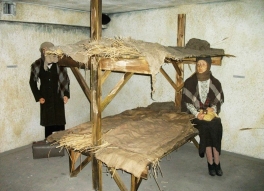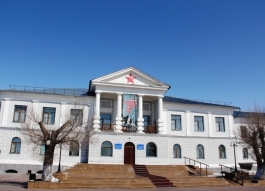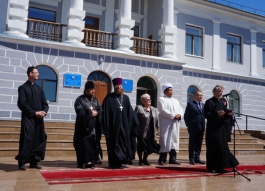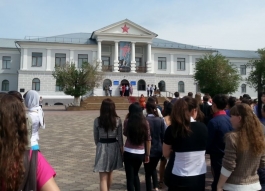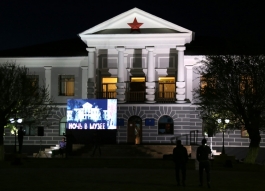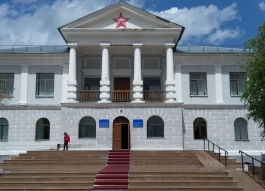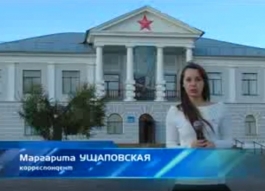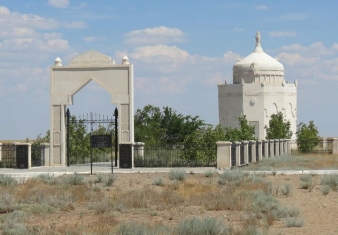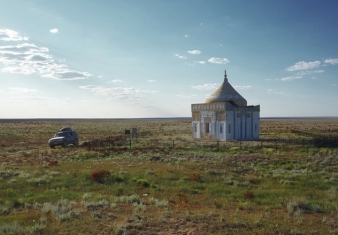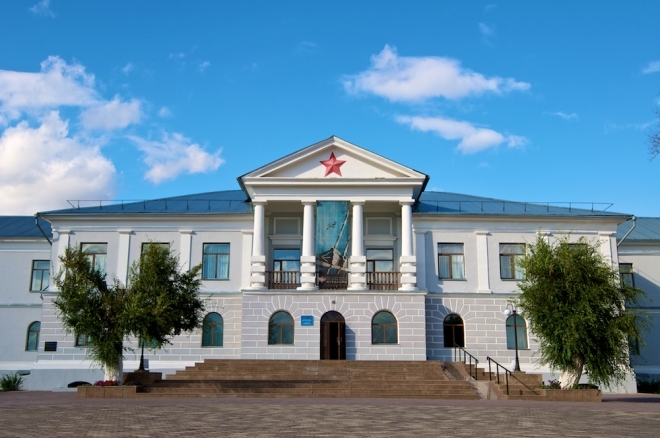
 Cultural heritage
Cultural heritage
49.6776, 72.68362
The museum of political repression victims' memory of the Dolinka settlement was established in the territory of Karlag – the most famous labour camp in Kazakhstan.
Initially the museum of political repression victims' memory was established in the building of the former hospital for civilian employees of Karlag, according to the Decree of the President of Kazakhstan, by order of the Akim of the Karaganda region from 24.02.2001. The museum consists of three exhibition halls: the main composition hall (an area of 52 sq m), present library and hall of the history of Dolinka.
The concept of the exhibit is based on the conflicts and opposition of the personality and totalitarian system. The private and social-totalitarian opposition creates a dramatic collision, through the use of interactive elements in the exhibits, which participants partly become the viewers.
The structure of the exhibition can conditionally divided into three levels: 1) the level, which includes authentic artifacts of the considered period 1930-1950; 2) the level, including artificially “aged" reproduction of originals (such as copies of documents); 3) Architectonic framing – the level of the architectural exhibits which includes fixed interior elements (walls, niche, and windows).
In respect that there are negligible amount of original exhibits in the museum, the exhibition is predominantly forming up on the activation of architectonic framing using artistic techniques for creation of expressive image of era. Most of the substantive content of the museum fund are copies of the documents on separate scattered sheets of paper and memories of the political repression victims', often written in their words, which are not being value of the museum as the original document, but being historically authentic verbal certificate.
Therefore, one of the most expressive exhibition means are photo panels between niches with the exhibits, mounted from the copies of historical documents of the epoch and also from the texts of real memories of former prisoners, photo collage of people who suffered from the repression, and photos.
In 2010, by initiative of the Akim of Karaganda region with the department of Culture administration of Karaganda made a decision on expansion of the museum. For this purpose, the territory of the former administration of Karlag NKVD building was allocated.
The building of the former administration of Karlag NKVD was designed in 1933-1935 by group of the architects (according to the experts suggestion, the author and consultant was a well known Soviet architect I.A.Fomin) and built by the thousands of prisoners. 2- storey building with the area of 3,5 thousand sq m (apart from the basement which was used all the time as the utility room), withstand in strict classical style of the period of «Stalin's neoclassicism". In 1961, there was located agricultural college in the administrative building. From 1971 until the early 90th there was located a children's sanatorium “Brigantina".
The total exhibition area of the museum is 2078,645 sq m – 17 exhibition halls. The thematic halls of the museum reveal the history of various periods' political repressions. Among them a rich exposition differ: the hall, devoted to the starvation in Kazakhstan in the 20-30; the hall of Karlag history, the hall which dedicated to women and children, who are serving sentences in special camps; the hall, where the photos and biographical data of Karlag prisoners are presented; the halls dedicated to the science and culture figures, repressed in the 30s-40s when deporting people; the halls devoted to the industrial and scientific activities of camp prisoners, as well as the halls devoted to the repressed people of Kazakhstan.
The strongest impact on visitors make in detail restored installation of premises of the camp. Lockup, dungeon, men and female cameras, boxing, torture chamber and firing chamber – repeat the real camp premises together with the bit of furniture and figures of prisoners.
The camp territory on perimeter is fenced with wooden pillars with the lanterns. The corridor lamp plafond's are also museum exhibits and refer to the 30th years of the XX century.
As a whole, passing along the corridor of the museum, you seem to plunge into the dark times when hundreds of people were repressed and killed by the totalitarian regime.
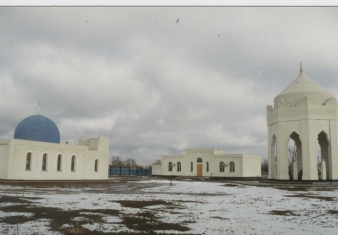
In 50 km from the modern city of Atyrau, there is one of perspective tourist routes, regional memorial estate "Khan Ordaly Sarajshyk" who opens all ancient history of the Kazakh people.
The grave site of the great Kazakh poet of the 19th century, free-thinker and inspirer of the rebellion of Makhambet Utemisov is situated in Inder, Atyrau region, 40 km to the south-east from the village Inderbor.
Atyrau region is rich in its architectural monuments of culture, one of them is considered to be Zhuban Mausoleum.
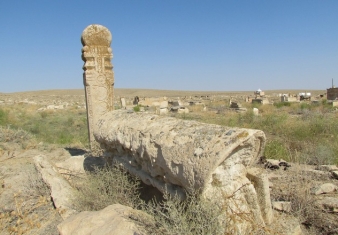
Senek reserve is an architectural monument of the XVII - XX centuries, it represents a necropolis consisting of several sepulchral constructions and an old mosque.
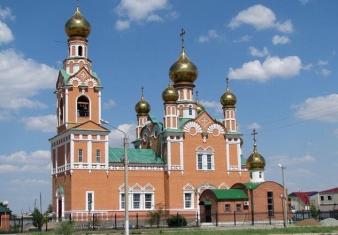
One of the oldest and most beautiful architectural monuments of the city - Uspenski Cathedral is located in the heart of the city of Atyrau, on Issatay Taimanov street, just a few steps from the main square.
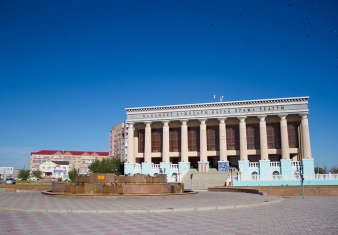
One of the leading places in the cultural life of Atyrau and the whole Atyrau region belongs to the Kazakh Drama Theater named after Makhambet Utemisov.














